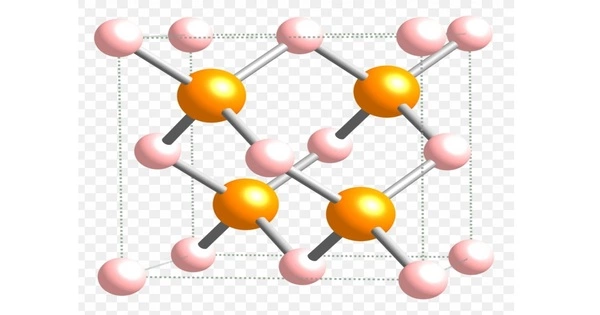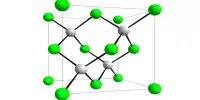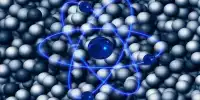Aluminium Gallium Indium Phosphide (AlGaInP) is a semiconductor material that is commonly used in the manufacturing of high-brightness light-emitting diodes (LEDs) and semiconductor lasers, especially in the red to yellow spectral range. It is a semiconductor material that provides a platform for the development of novel multi-junction photovoltaics and optoelectronic devices, as it spans a direct bandgap from deep ultraviolet to infrared. It has a wide bandgap and can emit light at high efficiency, making it useful in various applications such as traffic signals, automotive lighting, and displays.
AlGaInP-based LEDs are widely used in applications such as automotive lighting, traffic signals, and display backlighting. It is used in manufacture of light-emitting diodes of high-brightness red, orange, green, and yellow color, to form the heterostructure emitting light. It is also used to make diode lasers.
Properties
AlGaInP is a semiconductor, which means that its valence band is completely full. The eV of the band gap between the valence band and the conduction band is small enough that it is able to emit visible light (1.7 eV – 3.1 eV). The band gap of AlGaInP is between 1.81 eV and 2 eV. This corresponds to red, orange, or yellow light, and that is why the LEDs made from AlGaInP are those colors.
It is a semiconductor material commonly used in the production of high-brightness light-emitting diodes (LEDs), as well as laser diodes and solar cells. Its emission wavelength can be tuned across a wide range of the visible spectrum by adjusting the ratio of aluminium, gallium, and indium in the material.
Formation
In order to form a quantum well structure, an AlGaInP layer is frequently grown by heteroepitaxy on gallium arsenide or gallium phosphide. Heteroepitaxy is a type of epitaxy that uses materials that are not the same as each other. A crystalline film grows on a crystalline substrate or film of a different material in heteroepitaxy.
This technology is frequently used to grow crystalline films of materials that single crystals cannot see in 3D. Gallium nitride (GaN) on sapphire is another example of heteroepitaxy.
Safety and toxicity aspects
The toxicology of AlGaInP has not been thoroughly studied. The dust is irritating to the skin, eyes, and lungs. A review has been published that discusses the environmental, health, and safety aspects of aluminium indium gallium phosphide sources (such as trimethylgallium, trimethylindium, and phosphine) as well as industrial hygiene monitoring studies of standard MOVPE sources. In one study, illumination with an AlGaInP laser was associated with slower healing of skin wounds in laboratory rats.















